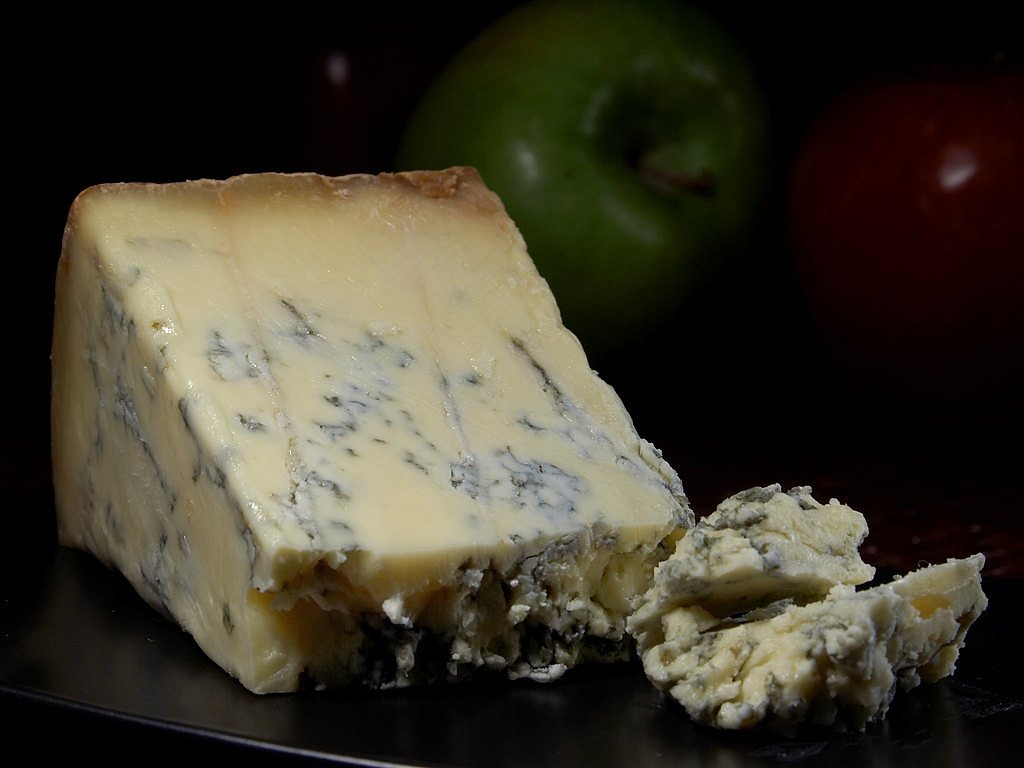The Rise of Artisanal Food Products
Artisanal food products offer a unique and authentic taste that is often unmatched by mass-produced alternatives. The attention to detail and quality ingredients used in artisanal food production result in products that have superior flavor profiles, making them a preferred choice for those who appreciate the finer nuances of culinary experiences. Furthermore, artisanal food products are typically made in small batches, allowing for greater control over the production process and ensuring a higher level of consistency in taste and quality.
In addition to their exceptional taste, artisanal food products often boast higher nutritional value compared to their mass-market counterparts. With a focus on using fresh, locally-sourced ingredients and traditional cooking methods, artisanal producers prioritize the health benefits of their products. This commitment to quality ingredients and techniques not only enhances the flavor of the food but also ensures that consumers are getting wholesome and nourishing options that contribute to a well-balanced diet.
History of Artisanal Food Production
Artisanal food production has a rich history that dates back to ancient times. Before the onset of industrialization, communities relied on artisans to create handcrafted food items using traditional methods passed down through generations. These artisans were highly skilled individuals who took great pride in their craft and were dedicated to producing high-quality, flavorful foods for their communities.
In medieval Europe, artisanal food production thrived, with guilds playing a significant role in regulating the quality and standards of these food products. Artisans often worked out of small workshops or family kitchens, using local ingredients to create specialty items such as cheeses, breads, cured meats, and confections. These artisanal products were highly prized for their unique flavors and craftsmanship, setting them apart from mass-produced foods available in the market.
What are some benefits of artisanal food products?
Artisanal food products are often made with high-quality ingredients, traditional methods, and attention to detail, resulting in superior taste and quality compared to mass-produced foods. They also support local economies and small-scale producers.
How far back does the history of artisanal food production date?
Artisanal food production has been around for centuries, with roots in ancient civilizations where food was prepared by skilled craftsmen using traditional techniques. The concept of artisanal food has evolved and adapted over time to meet changing consumer preferences.
How has the rise of industrialization impacted artisanal food production?
The rise of industrialization led to the mass production of food, which often sacrificed quality and flavor for efficiency and cost-effectiveness. However, the backlash against industrialized food has sparked a renewed interest in artisanal food production and a return to traditional methods.
What are some examples of artisanal food products?
Artisanal food products can include handmade cheeses, cured meats, baked goods, preserves, craft beers, small-batch chocolates, and gourmet condiments. These products are often made in small quantities with a focus on quality and craftsmanship.
How can consumers support artisanal food producers?
Consumers can support artisanal food producers by seeking out and purchasing their products at farmers’ markets, specialty food stores, and online retailers. By choosing artisanal products over mass-produced alternatives, consumers can help sustain small-scale producers and preserve traditional food-making techniques.





